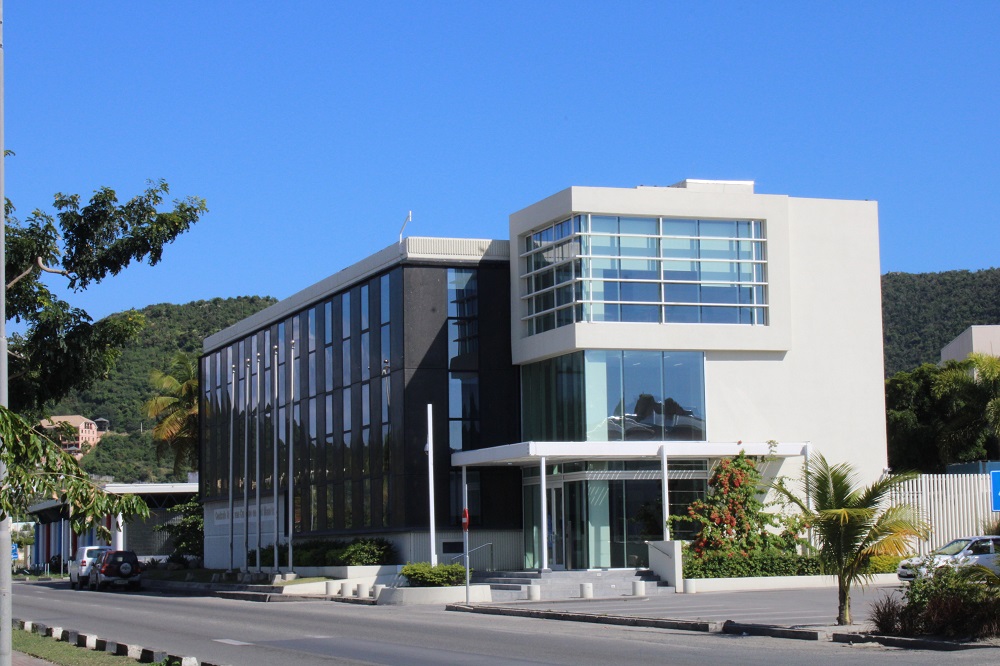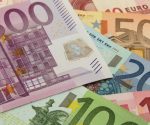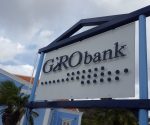Central Bank examines effect of inequality on economic growth

PHILIPSBURG – The Economic Bulletin of December 2022 of the Central Bank of Curacao and St. Maarten contains an article about the effect of inequality on economic growth. The bank writes that this topic warrants further research and that it can therefore not present a definitive conclusion.
Inequality has effect on a political and an economic level. Politically, inequality creates pressure for the implementation of redistribution policies. Economically, it provides incentives for innovation and entrepreneurship.
“Those at the upper end of income distribution have surplus resources to invest in new businesses,” the report states. ‘Those at the lower end may undertake entrepreneurship out of necessity.”
That wealth is unevenly distributed in St. Maarten is no secret. The Central Bank underpins this notion with numbers. An astonishing 41 percent of households earns up to 25,000 guilders a years (Curacao: 27%), while only 9 percent (Curacao: 14%) earns more than 125,000 guilders.
On a global level 10% owns 50 percent of global income while the bottom 50 percent owns just 7 percent.
In St. Maarten, 74 percent of the households earned in 2018 up to $2,747.25 per month, while the median income was $1,236.26 ($14,835 per year) according to the local bureau for statistics. (By comparison, the median annual income in the Netherlands was $34,756 in 2020).
The Central Bank’s study found no impact of inequality on economic growth in Curacao and St. Maarten.
“This suggests, the report states, “that governments can implement policies aimed at tackling inequality without concern for constraining economic growth.”
Central Bank president Richard Doornbosch writes in his introduction to the bank’s Economic Bulletin that the external economic environment deteriorated considerably in 2022 due to persistent high inflation, tighter financial conditions and spill-over effects from the war in Ukraine.
Nevertheless, the monetary union’s recovery continued, supported by a surge in stay-over arrivals in both Curacao and St. Maarten. There were 66,897 arrivals from North America (60,991 from the USA), 21,796 from Europe (6,968 from the Netherlands and 11,094 from France).
Real gross domestic product (GDP) increased by 5.9 percent in Curacao and by 5.1 percent in St. Maarten.
Previously, the Central Bank projected a 5.8 percent growth for St. Maarten, but it was negatively impacted by a slower than expected growth of stay-over and cruise tourism and by delays in the airport reconstruction and the construction of the new hospital.
The report warns that strengthening of the dollar and a decrease in airline seat-capacity and airlift to St. Maarten could affect growth perspective in the monetary union.
“St. Maarten should adopt an inclusive growth approach an also tackle unemployment, inequality and poverty,” according to the Central Bank The report points out that financial inclusion should offer better access to financing for small and medium enterprises and that this objective ought to be included in the policy agenda to improve the investment climate.
In the field of economic diversification St. Maarten ought to focus on encouraging investments in alternative energy sources. The country’s tax system should be simplified to create a broader tax-base, which in turn would reduce the burden on lower income groups and small businesses.
The economy did grow in 2022, but not everywhere at the same pace. In terms of percentages, Curacao leads the dance with 5.9 percent, followed by St. Maarten (5.1) and the Netherlands (4.5). The world economy expanded by 3.2 percent, emerging and developing economies by 3.7 percent, advanced economies by 3.2 percent and the economy of the United States by 1.6 percent.
Unemployment in St. Maarten dropped from 15 to 12 percent, but it remains above pre-pandemic levels.
The Central Bank projects that stay-over tourism will reach 90 percent of pre-pandemic levels, and cruise tourism 87.5 percent. The report states that the government of St. Maarten is expected to withdraw the temporary reduction of excise on gasoline per January 1, 2023.
The report also provides data about the economic situation in the second quarter of 2022. GDP grew by 11.9 percent in St. Maarten (25.9 percent in 2021), based on a surge in stay-over arrivals, mainly from the United States and the gradual return of cruise tourism. The fastest growing sectors were hotels and restaurants (+42.7%), transport, storage and communication (+30%) and wholesale and retail (+23.7%).
In the second quarter, the gas price was 33 percent higher than during the same quarter in the previous year. Prices for gasoil (diesel) went up 60.4 percent. St. Maarten’s
debt at the end of the second quarter was 1,085 billion guilders, or 44% of GDP.
Expenditures in the second quarter totaled 115.5 million guilders, of which 51.6 million was for salaries and wages.


























